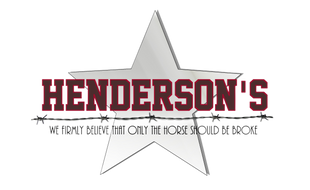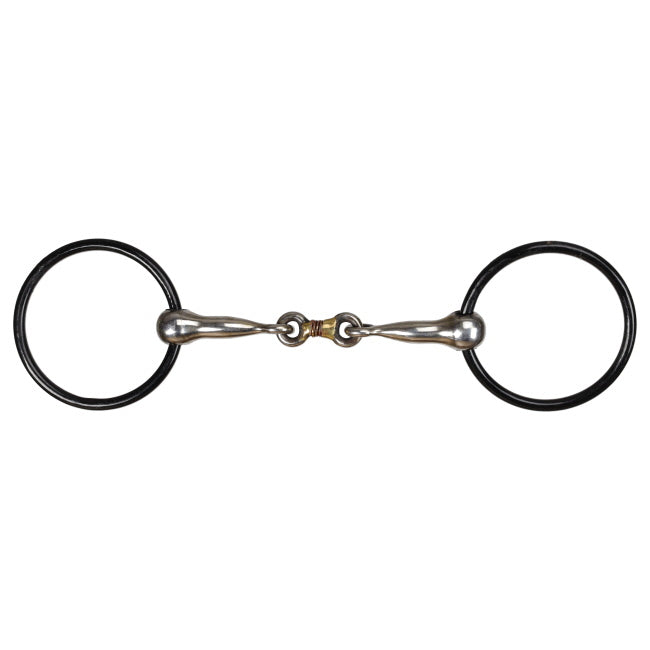A girth or cinch keeps your saddle secure while keeping your horse comfortable during your ride. Picking the right girth or cinch for your horse improves comfort and performance, so it is worth finding the right one. With many factors to consider, we’ve outlined some of the more critical considerations for choosing the right girth.
Starting with a properly fitted saddle is critical for finding the right girth. Unfortunately, if your saddle does not fit correctly, a fantastic girth will not impact your horse.
Western saddles require cinches, while Enligh saddles require girths. Cinches have a large buckle, while girths have two smaller buckles on each end. For this article, we will focus on cinches for western saddles.
Western Cinches
 Western cinches can differ in shape, material, and style of buckle. They come in 2” increments between 24-38” long. You can determine your horse’s girth size using a soft measuring tape and another person. Have one person hold the tape measure at the D-ring on one side of the saddle, then pass the tape under the horse and note the measurement at the D-ring. Finally, take the total measurement and subtract sixteen inches, which gives you roughly eight inches of space between the D-ring and cinch buckle on each side. This provides a reasonable estimation of your horse’s girth size.
Western cinches can differ in shape, material, and style of buckle. They come in 2” increments between 24-38” long. You can determine your horse’s girth size using a soft measuring tape and another person. Have one person hold the tape measure at the D-ring on one side of the saddle, then pass the tape under the horse and note the measurement at the D-ring. Finally, take the total measurement and subtract sixteen inches, which gives you roughly eight inches of space between the D-ring and cinch buckle on each side. This provides a reasonable estimation of your horse’s girth size.
Cinch Material Options
Cinches come in fleece, mohair, neoprene, leather, foam, and felt. Selecting the most suitable material for your horse will depend on personal preference, skin sensitivity, if your saddle slides, and durability.
Fleece - very breathable material and suitable for sensitive horses. This material can slip and requires regular cleaning.
Mohair - is very strong and durable. This material is quick-drying, making it great for hot weather.
Neoprene - this non-slip material is easy to clean and durable but not ideal for sensitive horses.
Leather - leather gives a lovely traditional look and takes time to soften. This material is often more expensive than alternatives.
Foam - grippy and easy to clean. This is an excellent non-slip alternative to neoprene for sensitive horses.
Felt - very breathable and moisture-wicking. This material does require regular cleaning.
Cinch Shapes
When shopping for a girth, consider the shape of your horse’s body and how this will impact your decision. A properly fitting girth should keep your saddle in place, allow free shoulder movement in all gaits, and be comfortable for your horse. Cinches come in straight, contoured, asymmetrical, crescent,
Straight - a straight girth has no curvature and is an excellent all-around option.
Contoured - these cinches keep the girth away from the horse’s front legs and prevent rubbing. The shape gives your horse more unrestricted movement in the shoulders.
Asymmetrical - these cinches have the benefits of the contoured shape for horses with a smaller girth area.
Crescent - this cinch gives horses with narrow shoulders extra space in the ribcage area, which reduces slipping.
Wide-center - these cinches are wider in the center compared to the ends. This covers more surface area for the horse and reduces saddle rolling or sliding.
Choosing the right girth or cinch can take a few tries. Remember to consider your horse’s conformation, saddle challenges (slipping, etc.), skin sensitivity, and your ability to care for the equipment.







